How To Grow Kniphofia (Red Hot Poker Plant) For Fiery Flowering Spires In Summer


Elizabeth is a Permaculture Garden Designer, Sustainability Consultant and Professional Writer, working as an advocate for positive change. She graduated from the University of St. Andrews with an MA in English and Philosophy and obtained a Diploma in Applied Permaculture Design from the Permaculture Association.
Reviewed By COLIN SKELLY

Colin is a Horticulturist and Horticultural Consultant with experience in a range of practical and managerial roles across heritage, commercial and public horticulture. He holds the Royal Horticultural Society’s Master of Horticulture award and has a particular interest in horticultural ecology and naturalistic planting for habitat and climate resilience.
Kniphofia, also known as ‘Red Hot Poker’, are dramatic and exotic-looking plants that are surprisingly easy to grow in many UK gardens.
These plants are well known and easily recognised because of their stunning bottlebrush-shaped flowering spires, which come in a wide range of fiery colours, not only oranges and russets and reds, but also yellows, lime greens and more.
They have a long flowering season and so can be a great value addition to your garden.
Overview
| Botanical Name | Kniphofia |
| Common Name(s) | Red Hot Poker Plant |
| Plant Type | Perennial |
| Native Area | Africa |
| Hardiness Rating | H5 |
| Foliage | Deciduous |
| Flowers | Dense upright racemes of tubular flowers in a range of hues |
| When To Plant | March, April, May, June |
| Harvesting Months | June, July, August |
| When To Prune | March |
Sunlight
Preferred
Full Sun
Exposure
Exposed
Size
Height
0.5 – 1M
Spread
0.1 – 0.5M
Bloom Time
Summer / Autumn
Soil
Preferred
Loam or sand
Moisture
Moist but well drained
pH
Acidic or neutral
Kniphofia is a genus of flowering perennials in the Asphodelaceae plant family.1Pokers (Genus Kniphofia). (n.d.). iNaturalist United Kingdom. Retrieved March 20, 2023, from https://uk.inaturalist.org/taxa/56036-Kniphofia
They are native to Africa but are commonly grown in many gardens around the globe.2Kniphofia uvaria. (n.d.). Missouri Botanical Gardens. Retrieved March 20, 2023, from https://www.missouribotanicalgarden.org/PlantFinder/PlantFinderDetails.aspx?kempercode=i310
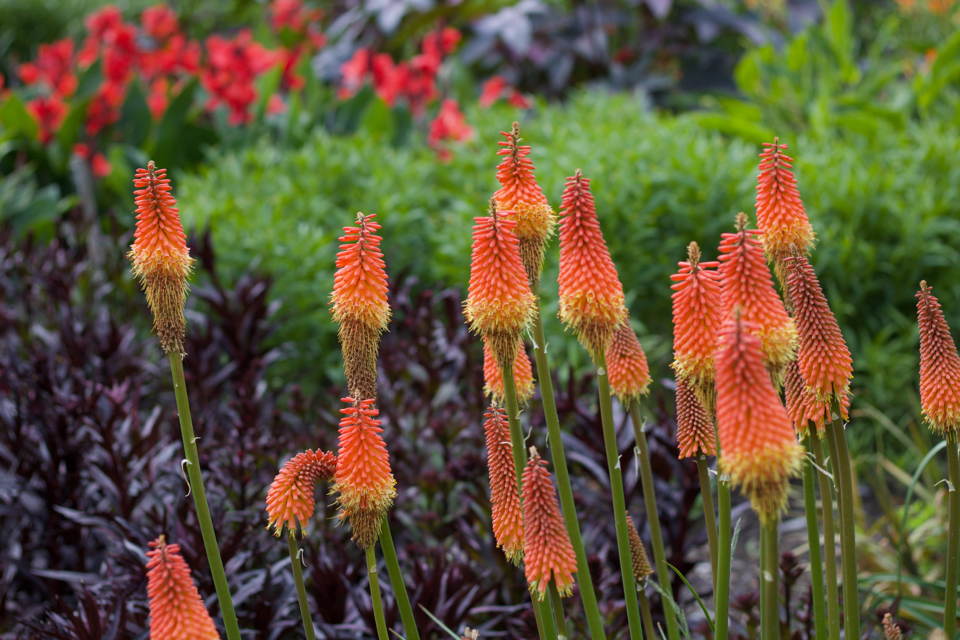
As well as being referred to as red hot pokers for their fiery flowering spires, they are also sometimes referred to as ‘poker plants’ or ‘torch lilies’.
Several species of Kniphofia are commonly cultivated in gardens, including K. thomsonii, K. rooperi, K. northiae and K galipinii, and there are also many other cultivars and hybrids.
Commonly Grown Varieties
Some commonly grown and highly regarded Kniphofia, which have received Awards of Garden Merit from the Royal Horticultural Society, include:
- ‘Barton Fever’
- ‘Bees’ Sunset’
- ‘Brimstone’
- ‘Buttercup’
- ‘Coral Flame’
- ‘Fiery Fred’
- ‘Incandescence’
- ‘Innocence’
- ‘Jonathan’
- ‘Moonshine’
- ‘Nobilis’
- ‘Penny Rockets’
- ‘Primrose Upward’
- ‘Rich Echoes’
- ‘Royal Standard’
- ‘Safranvogel’
- ‘Samuel’s Sensation’
- ‘Sunningdale Yellow’
- ‘Tawny King’
- ‘Timothy’
- ‘Toffee Nosed’
- ‘Wrexham Buttercup’
How To Grow Kniphofia
Growing From Seed
Kniphofia cultivars will not usually come true from seeds collected from the flowers as some are sterile, so growing from seed is not the recommended means of propagation.3Kniphofia – red-hot pokers. (n.d.). Royal Horticultural Society. Retrieved March 20, 2023, from https://www.rhs.org.uk/plants/articles/misc/kniphofia
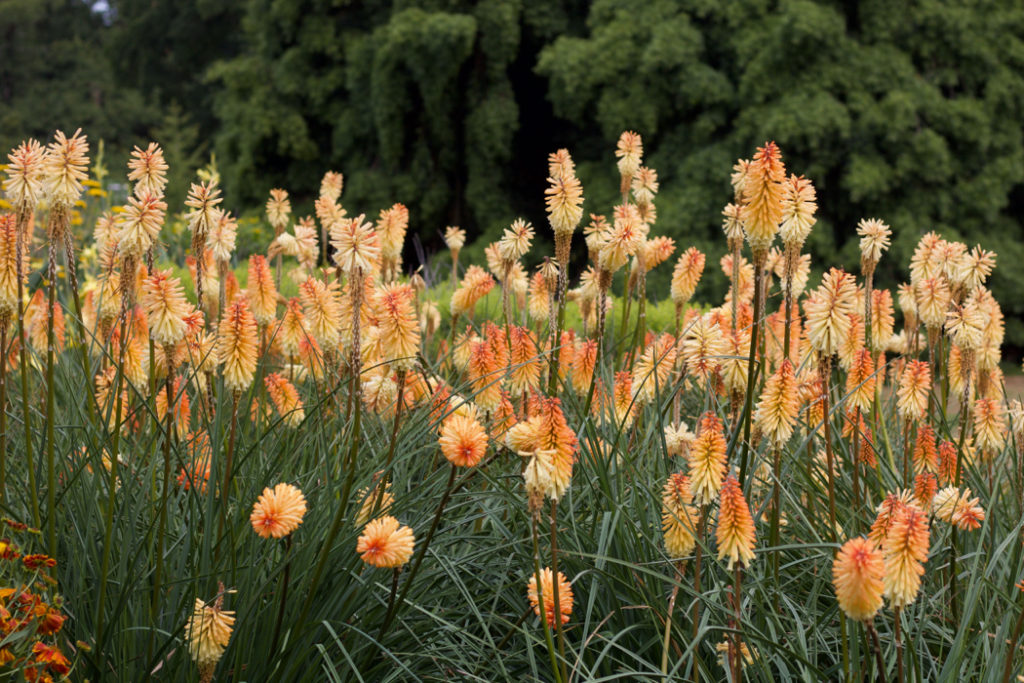
Instead, existing plants can be propagated by division, which is undertaken in the spring, which we’ll talk about a little more later in this guide.
Young Kniphofia plants are also widely available for sale from garden centres and plant nurseries.
When And Where To Plant
The best time to plant out red hot pokers is in the spring.
Exactly which month you plant will depend to an extent on where you live and the conditions to be found there.
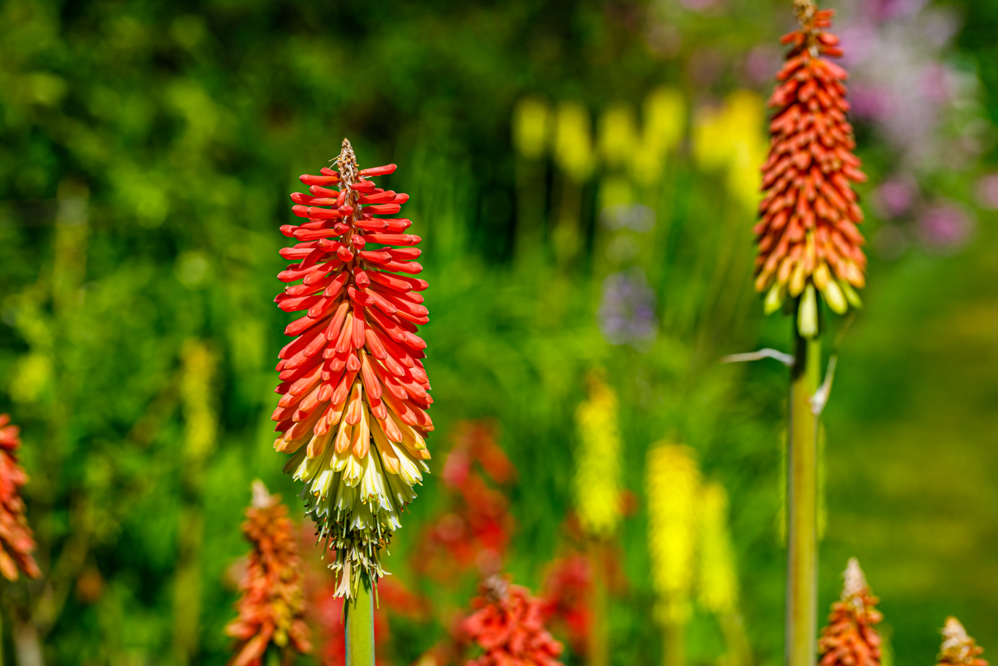
Planting a little later can be better in more northern areas, while planting a little earlier may be better in the south.
Red hot pokers work well in mixed perennial beds or borders.
However, it is important to consider their environmental needs and to choose a planting location carefully.
Temperature & Humidity
Red hot pokers are H5 hardy and will make it through the winter happily across most of the UK, even during extremely harsh winters.
This plant can cope with temperatures down to at least -10°C over the winter months.
In summer, it will require some warmth to flower well, but can thrive even in exposed locations.
Sunlight
Kniphofia should be grown in full sun.
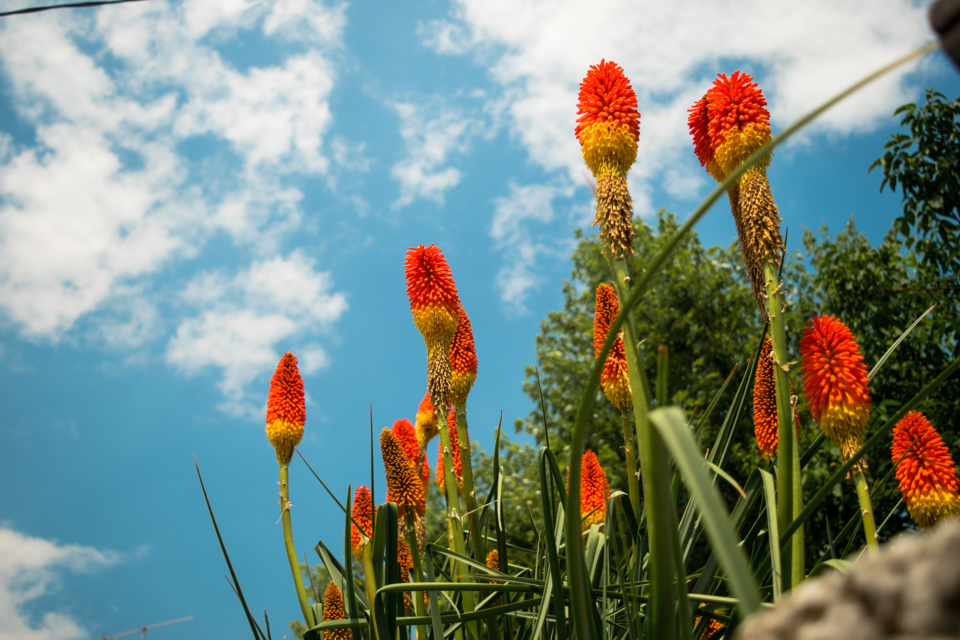
Though they can cope with partial shade, flowering will be significantly reduced if the plants don’t get full sun.
A south-facing aspect is ideal.
Soil Requirements
Red hot pokers will absolutely love a sandy soil enriched with plenty of organic matter, but they will do well in any deep, moist but well-draining soil which has an acidic or neutral pH.
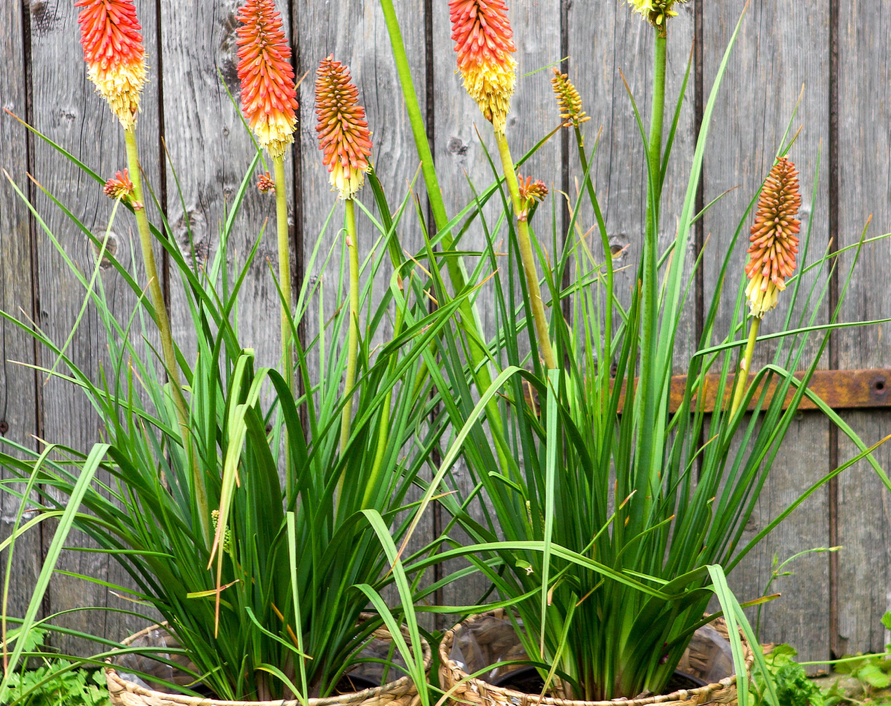
When planting in soils which are not particularly free draining, it can be beneficial to add a handful of grit to the base of the planting hole to aid in drainage.
Kniphofia can also be grown in containers, but care should be taken to choose a container and growing medium which allows for sufficient moisture retention while allowing excess water to drain away freely.
Kniphofia Plant Care
When placed in a position where it is comfortable, this is an easy plant to care for and should remain in your garden happily over a number of years.
Watering
Root rot is an issue which can commonly affect kniphofias when the conditions are not sufficiently free draining and where overwatering has occurred.
To avoid this, water modestly during prolonged dry spells, more frequently when growing in containers.
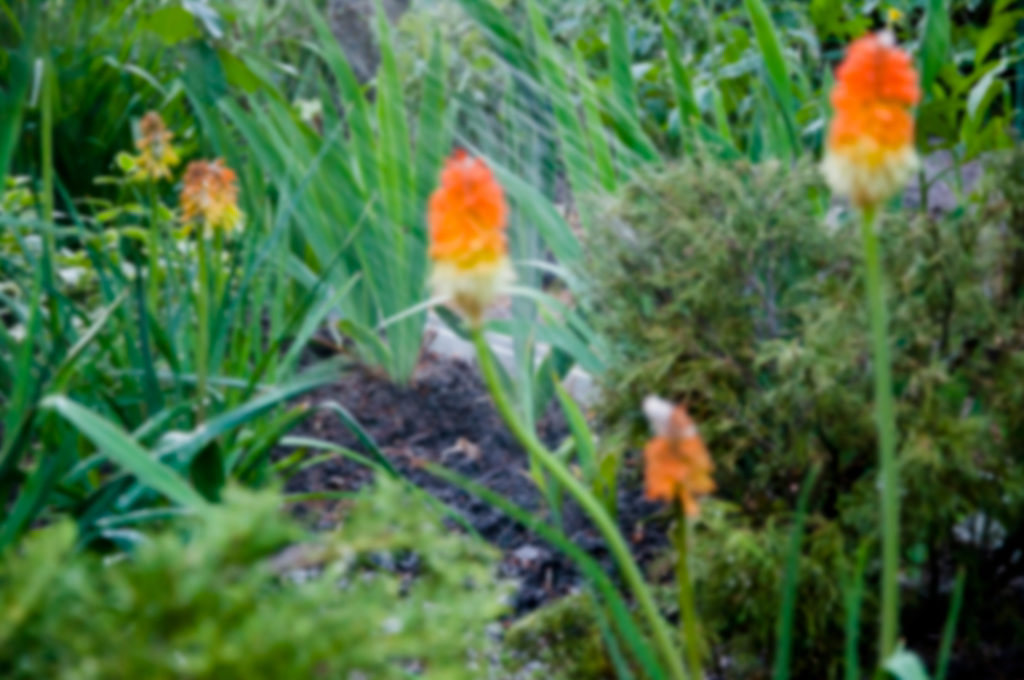
However, make sure that you do not overdo it and that excess water should drain away freely.
Feeding
These are not plants which will usually require additional feeding.
However, if growth or flowering is poor when growing in containers, it may be beneficial to add an organic, balanced, slow-release fertiliser in spring.
Overwintering
Some protection against excessive winter wet may be required over the first couple of growing seasons in areas where winter rainfall is high.
Pruning
Some gardeners will prune back the flower heads after flowering, but it is best in a wildlife-friendly garden to leave these in place until spring, to give wildlife habitat for winter protection.
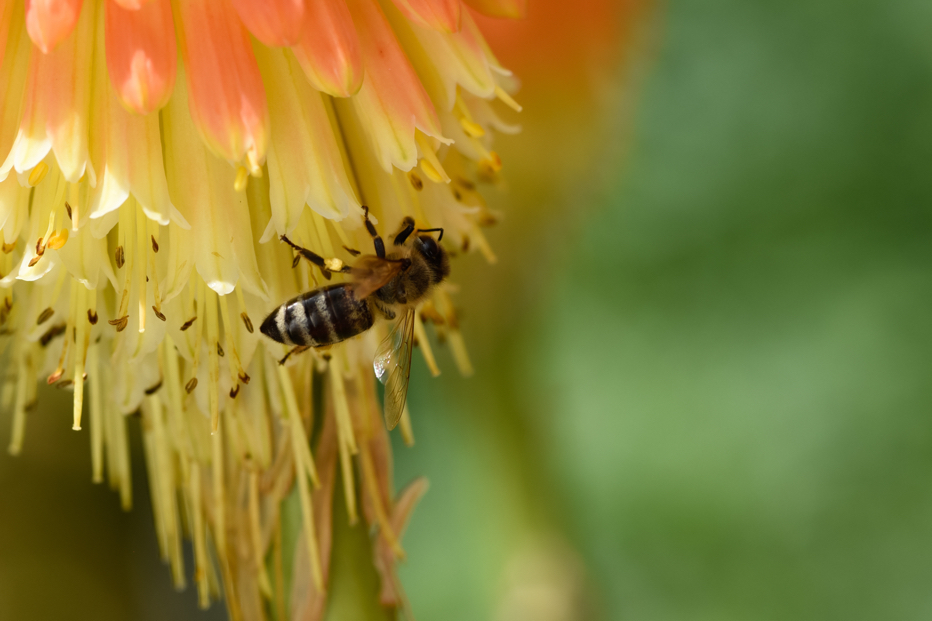
Leaving the dead stems in place until around March can also provide a little more protection against winter wet.
Propagation
As mentioned above, propagation for named cultivars cannot be achieved via sowing seeds, but is achieved easily by means of the division of mature plants.
Division is undertaken in the spring and will not only provide new plants to place elsewhere in your garden, but will also avoid issues with congestion as clumps become established.
Common Problems
Some protection may be required to protect the plants against slugs and snails which munch on new growth in the spring.
Excessive watering and water-logging are the most common issues and can lead to fungal root rot.

This is remedied by avoiding overwatering, ensuring good drainage, and protecting plants from extreme winter wet.
Otherwise, these are relatively hassle-free plants to grow.
Companion Planting
Red hot pokers look wonderful alongside other fiery-hued plants which like similarly sunny and moist yet free-draining growing conditions, or alongside purple-hued plants as they provide a striking contrast.

For example, try placing red hot pokers alongside Asters, Cosmos, Daylilies, Gaillardia, Helenium, Heliopsis, Liatris, Rudbeckia, or Salvias.
Ornamental grasses can also work very well alongside red hot pokers and other flowering perennials in a bed or border.
“Some of the species, such as K. caulescens, have attractive foliage when not in flower, whilst others are messier,” shares Master Horticulturist Colin Skelly.
“Keep in mind what you want to combine your kniphofia with and consider what it will look like when not in flower.
“All species and cultivars provide an exotic touch and vertical accent from mid-late summer, which I love.”
References
- 1Pokers (Genus Kniphofia). (n.d.). iNaturalist United Kingdom. Retrieved March 20, 2023, from https://uk.inaturalist.org/taxa/56036-Kniphofia
- 2Kniphofia uvaria. (n.d.). Missouri Botanical Gardens. Retrieved March 20, 2023, from https://www.missouribotanicalgarden.org/PlantFinder/PlantFinderDetails.aspx?kempercode=i310
- 3Kniphofia – red-hot pokers. (n.d.). Royal Horticultural Society. Retrieved March 20, 2023, from https://www.rhs.org.uk/plants/articles/misc/kniphofia
